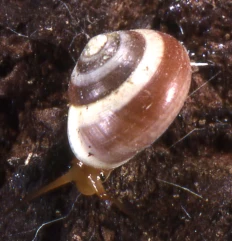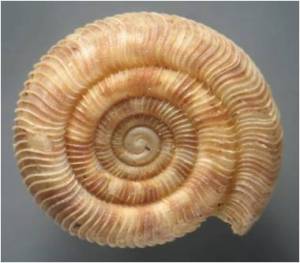Australia boasts more than 2500 species of land snails. Of these, about 800 species are currently documented in the 2 volumes of Australian Land Snail, Stanisic et al. Many remain unnamed in museums around Australia and Malacologists at these museums are working tirelessly to identify and classify them.
Families represented in Australia’s native land snail fauna:
- Achatinellidae [Miniature Treesnails]
- Assimineidae [Palmleaf Snails]
- Bothriembryontidae [Tapered Snails]
- Camaenidae [Helicoid Snails]
- Caryodidae [Bush and Panda Snails]
- Charopidae [Pinwheel Snails]
- Corillidae [Discus-snails]
- Cyclophoridae [Pendant Snails]
- Cerastidae [Porcelain & Thin-shelled Snails]
- Diplommatinidae [Staircase-snails]
- Euconulidae [Beehive & Turreted Snails]
- Helicinidae [Droplet-snails]
- Helicodiscidae [Microdisc Snails]
- Helicarionidae [Glass-snails and Semi-slugs]
- Hydrocenidae [Microturbans]
- Megaspiridae [Megaspire Snails]
- Microcystidae [Tiny Glass-snails]
- Punctidae [Pinhead Snails]
- Pupillidae [Pupasnails]
- Pupinidae [Chrysalis-snails]
- Rhytididae [Carnivorous Snails]
- Subulinidae [Awlsnails]
- Succineidae [Amber Snails]
- Trochomorophidae [Squat-keeled Snails]
- Athoracophoridae [Red-triangle Slugs]
- Cystopeltidae [Humpback Slugs]
In Australia, the two main groups of land snails are:
OPERCULATES
These snails have an open pallial cavity which absorbs oxygen. Most notably, they have only one pair of tentacles. About 130 species can be found in Australia. Three examples include:
Droplet-snails: Helicinidae
Pendant Snails: Cyclophoridae
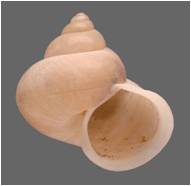
Opalescent Pendant-snail (Leptopoma perlucida)
Microturban Snails: Hydrocenidae

Royal Arch Microturban (Georissa minuta)
PULMONATES
These snails, semi-slugs and slugs have two pairs of tentacles. They breathe using lungs. In Australia, we have about 3000 species.
The more common examples are:
Native slugs: Athoracophoridae
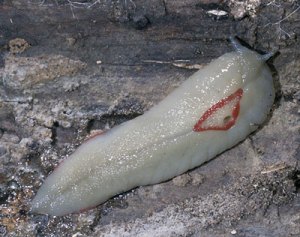
Red-triangle Slug (Triboniophorus graeffei)
Glass-snails and Semi-slugs: Helicarionidae
- Glass-snails: This is a group of semi-slugs and one of the most speciose families.
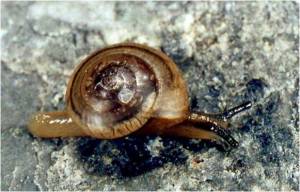
Chillagoe Glass-snail (Einasleighana antiqua)
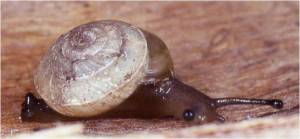
Gayndah Glass-snail (Delinitesta gayndahensis
- Semi-slugs: Semi-slugs are snails that cannot retract into their shell as it is much reduced in size.
Pinwheel snails: Charopidae
Charopids or pinwheel snails are micro-snails (from 1.2-7.0mm) with an estimated 750 Australian species. Charopidae have their greatest diversity in eastern Australia.
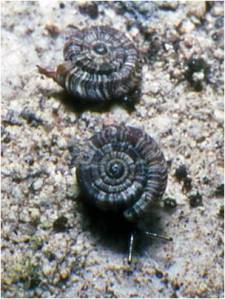
Sunburst Pinwheel Snail (Letomola lanalittleae)
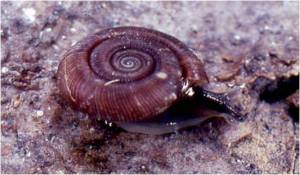
Goodnight Scrub Pinwheel Snail (Gyrocochlea goodnight)
Many Charopids have beautiful shell sculpture when seen under microscopes
Camaenids: Camaenida
Camaenids are generally larger than snails in most other families. In eastern Australia, the stable moisture regime and acidic soils have resulted in the evolution of a number of arboreal species
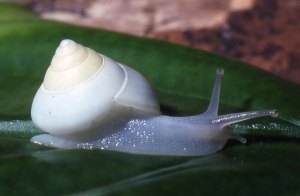
Ivory Treesnail (Noctepuna cerea)
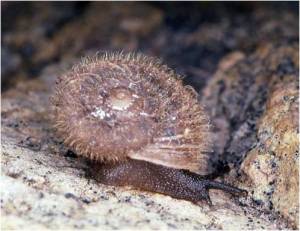
Chillagoe Spiny Snail (Tolgachloritis campbelli)
Some camaenids possess bristles or hair-like structures
Other camaenids have elaborate banding patterns in their shells.
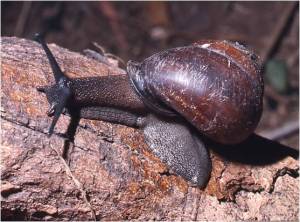
Frasers Banded Snail (Sphaerospira fraseri)
Caryodids: Caryodidae
Caryodids are endemic to eastern Australia and are generally large. They include our largest land snail, the Giant Panda Snail.
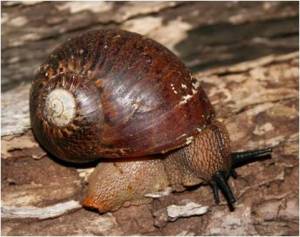
Giant Panda Snail (Hedleyella falconeri)
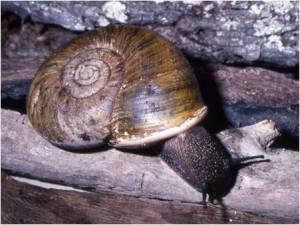
Bundaberg Flat-coiled Snail (Pedinogyra terrycarlessi)
Carnivorous Snails: Rhytididae
The carnivorous snails eat meat and their diet includes a range of invertebrates including other snails. The long neck is a feature of these snails.
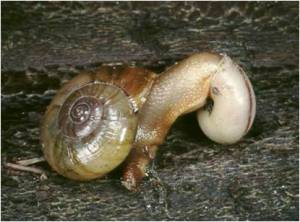
Glossy Turban Carnivorous Snail (Terrycarlessia turbinate) dining on an Asian Tramp snail

Harriett’s Carnivorous Snail (Austrorhytida harriettae)
